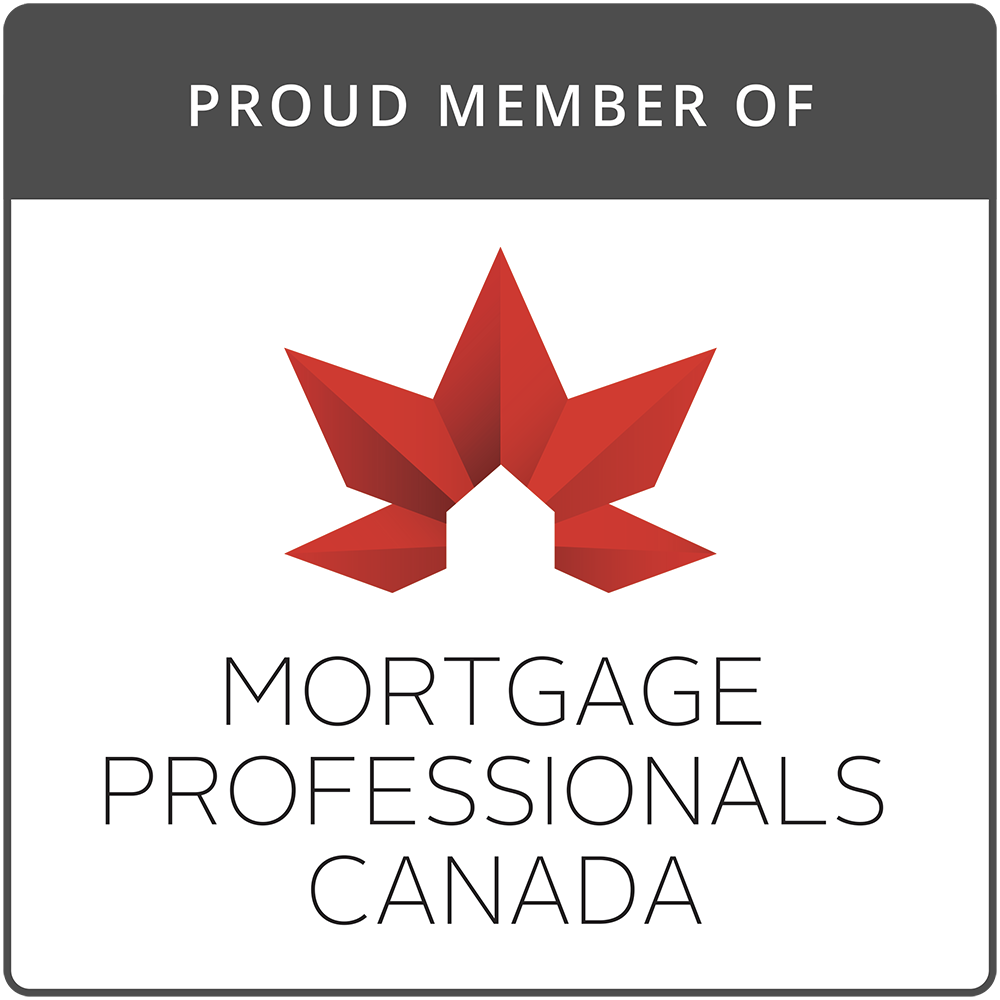Mortgage Glossary
Although they are often used interchangeably, there is actually one key difference between an adjustable-rate mortgage and a variable-rate mortgage. The interest rate on an ARM will fluctuate over time because the interest is pegged to a benchmark short-term interest rate, typically the prime rate. As the prime rate changes, the ARM rate will also change. What does that mean for you, the Borrower? It means if interest rates increase, not only will the cost of your debt increase but so will your monthly mortgage payment. There are some ARM products that offer fixed-payments. This means your payment stays the same for the term even when interest rates change. In this case, your payment would stay the same but the amortization period could change.
A written contract between a purchaser and a seller for the sale of a property from the seller to the purchaser.
The amortization period is the length of time it will take you to completely pay off a mortgage. The most common amortization period in Canada is 25 years. If your down payment is less than 20%, the maximum amortization period allowed is 25 years. Since most mortgages have a 5-year term, this gives you flexibility at the end of the 5 years to either continue with the amortization period remaining at that time or change it. Your amortization period affects the size of your mortgage payment. The longer the amortization period, the smaller the monthly payment but, the longer it will take you to pay off your mortgage. While a longer amortization period can make your monthly payments more manageable, it also means that you will pay more interest over the life of your mortgage. A shorter amortization period results in a larger mortgage payment but will save you money in the long run because you’ll be paying less interest over the life of your mortgage. It will also allow you to be mortgage-free sooner.
The APR is calculated by taking the contractual interest rate on the Mortgage and adding any non-interest finance charges. This rate must be disclosed to Borrowers as per the Business Practices and Consumer Protection Act. So, always make sure this rate is shared with you!
The appraised value is the fair market value of a property as determined by an accredited appraiser. Appraisals are often required when obtaining financing secured by a house and typically paid for by the Borrower.
The Bank of Canada is Canada’s central bank. It is responsible for Canada's monetary policy and for the promotion of the economic and financial welfare of Canada and is the sole issuing authority of Canadian banknotes. It also provides banking services and money management for the government, as well as loans to Canadian financial institutions.
Interest rates are often stated in basis points which can be confusing. But, a basis point is simply one-hundredth of a percent, or 0.01%. Here’s an example: a Variable Rate Mortgage rate could be quoted at 20 basis points below the Prime Rate. This means the VRM rate would be the Prime Rate minus 0.20%.
Blended payments are a way of repaying a loan with a fixed monthly payment made up of principal and interest (blended) over an agreed-upon amortization period. The Principal component of the monthly payment increases over time while the Interest component decreases.
An existing mortgage can often be renegotiated to extend the term. Lenders will typically ‘blend’ the penalty for breaking the existing term with the rate for the new extended term. A Borrower is typically motivated to do this for one of two reasons; to take advantage of lower rates in the market or to protect themselves against a potential rate increases in the future.
A person that takes out a loan from a bank or other lender under an agreement to pay it back later, typically with interest.
Let’s say you currently own a home and you’re purchasing a new home. You need to put a down payment on the home you want to purchase before you are able to sell your existing home. A bridge loan is a short term loan that could often be used in this situation. In order to qualify, you would need a signed, unconditional sale offer on your existing home.
Canada Guaranty is a private mortgage insurance company and the second largest private provider of Mortgage Default Insurance in Canada (Sagan is the first).



